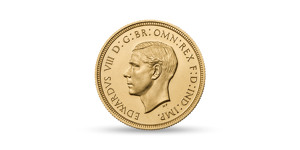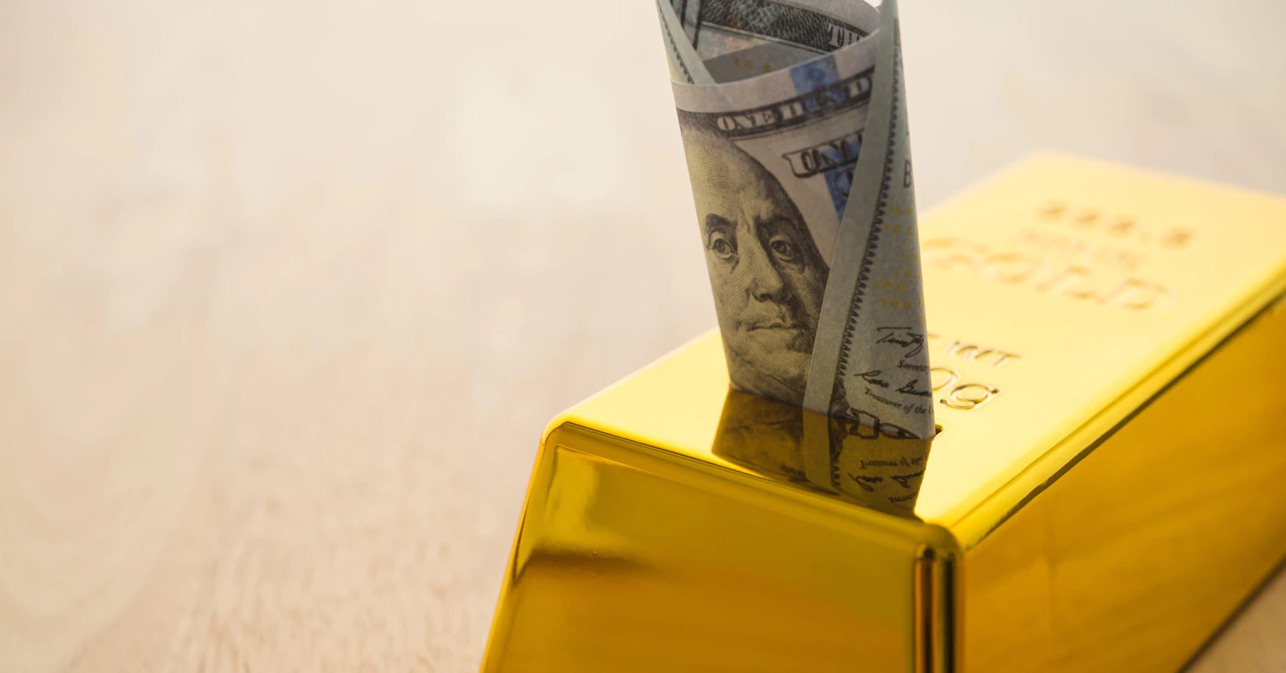Tavex uses cookies to ensure website functionality and improve your user experience. Collecting data from cookies helps us provide the best experience for you, keeps your account secure and allows us to personalise advert content. You can find out more in our cookie policy.
Please select what cookies you allow us to use
Cookies are small files of letters and digits downloaded and saved on your computer or another device (for instance, a mobile phone, a tablet) and saved in your browser while you visit a website. They can be used to track the pages you visit on the website, save the information you enter or remember your preferences such as language settings as long as you’re browsing the website.
| Cookie name | Cookie description | Cookie duration |
|---|---|---|
| tavex_cookie_consent | Stores cookie consent options selected | 60 weeks |
| tavex_customer | Tavex customer ID | 30 days |
| wp-wpml_current_language | Stores selected language | 1 day |
| AWSALB | AWS ALB sticky session cookie | 6 days |
| AWSALBCORS | AWS ALB sticky session cookie | 6 days |
| NO_CACHE | Used to disable page caching | 1 day |
| PHPSESSID | Identifier for PHP session | Session |
| latest_news | Helps to keep notifications relevant by storing the latest news shown | 29 days |
| latest_news_flash | Helps to keep notifications relevant by storing the latest news shown | 29 days |
| tavex_recently_viewed_products | List of recently viewed products | 1 day |
| tavex_compare_amount | Number of items in product comparison view | 1 day |
| Cookie name | Cookie description | Cookie duration |
|---|---|---|
| chart-widget-tab-*-*-* | Remembers last chart options (i.e currency, time period, etc) | 29 days |
| archive_layout | Stores selected product layout on category pages | 1 day |
| Cookie name | Cookie description | Cookie duration |
|---|---|---|
| cartstack.com-* | Used for tracking abandoned shopping carts | 1 year |
| _omappvp | Used by OptinMonster for determining new vs. returning visitors. Expires in 11 years | 11 years |
| _omappvs | Used by OptinMonster for determining when a new visitor becomes a returning visitor | Session |
| om* | Used by OptinMonster to track interactions with campaigns | Persistent |
| Cookie name | Cookie description | Cookie duration |
|---|---|---|
| _ga | Used to distinguish users | 2 years |
| _gid | Used to distinguish users | 24 hours |
| _ga_* | Used to persist session state | 2 years |
| _gac_* | Contains campaign related information | 90 days |
| _gat_gtag_* | Used to throttle request rate | 1 minute |
| _fbc | Facebook advertisement cookie | 2 years |
| _fbp | Facebook cookie for distinguishing unique users | 2 years |
Rarest Coins in Great Britain

Did you know that coins can hold secrets of the past? Each rare coin tells a unique story about Britain’s history, art, and society. Collectors treasure these pieces not just for their monetary value but also for their role in preserving the nation’s heritage.
In this guide, we’ll uncover what makes a coin rare, highlight some of the UK’s most extraordinary coins, and explore their value in today’s market.
What Defines a Rare Coin?

1. Limited Mintage
Coins produced in small numbers are inherently rare. This could result from intentional decisions, such as commemorative issues, or accidental circumstances like minting errors. For instance, the low mintage of the 1933 George V Penny was due to an oversupply of pennies at the time.
2. Historical Significance
Coins tied to important events or reigns hold immense collector value
The 1937 Edward VIII Sovereign, for example, marks a brief and controversial moment in British monarchy history.
3. Unique Designs
Special designs, such as the intricate artwork on the 1839 Una and the Lion Gold £5 Coin, often make a coin stand out, driving demand among collectors.
4. Age and Survival Rate

Older coins are scarce because fewer survive over time. For instance, the 1819 George III Gold Sovereign has an exceptionally low survival rate. There is only around ten of these still known today, with very few of these coins in circulation.
5. Error Coins
Mistakes in production, such as double strikes or mismatched designs, can turn ordinary coins into highly sought-after rarities. These “flawed masterpieces” add an element of surprise to collections.
6. Condition and Grade
The better the condition, the higher the coin’s value
Professional grading systems like NGC and PCGS assess rarity and preservation to determine a coin’s worth.
7. Market Demand and Cultural Significance
Some precious metal coins gain value due to collector trends or their role in a specific cultural narrative. For example, the Queen Anne Vigo Five-Guineas symbolise Britain’s naval victory.
The Rarest Coins in Great Britain
| Coin | Mintage | Approx Value |
| 1703 Queen Anne Vigo Five-Guineas | 20 | £845,000 |
| 1819 George III Gold Sovereign | 3,574 (Approx 10 in existence) | £200,000 |
| 1839 Una and the Lion Gold £5 Coin | 300-500 | £889,000 |
| 1917 George V Gold Sovereign | 1,014,714 (only few remaining) | £30,000 |
| 1933 George V Penny | 7 | £8 |
| 1937 Edward VIII Gold Sovereign | 6 | £1,000,000 |
Please note these numbers are approximate figures and the exact number may be subject to a slight difference.
1. 1703 Queen Anne Vigo Five-Guineas
Struck from captured Spanish gold, this coin is a trophy of Britain’s naval prowess during the War of Spanish Succession. Only about 20 were made.
2. 1819 George III Gold Sovereign

Limited to a mintage of 3,574, this coin’s rarity is heightened by its economic context and minimal survival rate.
3. 1839 Una and the Lion Gold £5 Coin
Inspired by literary and artistic motifs, this coin combines beauty with rarity. With only a few hundred minted, it remains a highlight of British coinage.
4. 1917 George V Gold Sovereign

Minted during WWI, most of these coins were melted down to settle war debts. Today, they’re a testament to wartime sacrifice and economic strategy.
5. 1933 George V Penny
Created for ceremonial purposes, just seven were minted
Their scarcity and the tradition they represent make them a collector’s dream.
6. 1937 Edward VIII Gold Sovereign

This coin symbolises a rare chapter in monarchy history, as Edward VIII abdicated before these coins could enter circulation. Its reversed portrait tradition adds to its allure.
Read more on the topic here: 6 significant British gold sovereigns
What Gives These Coins Their Value?

Several factors influence the value of rare coins:
- Mintage: Limited production often leads to higher demand.
- Historical Importance: Coins tied to significant events or figures command premium prices.
- Condition: Well-preserved coins hold more value.
- Auction Records: High-profile sales set benchmarks for market value.
Conclusion
Rare British coins offer a glimpse into the past, showcasing history, art, and craftsmanship. These coins serve as a fascinating bridge between eras. This article has hopefully given a rough overview of some of the rare British circulating coins. As these coins are considered rare they may not be seen as the best ‘investment option’ or ‘investment decision’ due to holding higher prices.
FAQs
1. What is the rarest coin in Great Britain?
The 1937 Edward VIII Gold Sovereign is one of the rarest, with only six known to exist.
2. How can I determine the authenticity of a rare coin?
Consult professional grading services like NGC or PCGS for certification and detailed assessments.
3. Are error coins always valuable?
Not always, but significant errors that are unique or rare often fetch high prices.
4. What should collectors look for when buying rare coins?
Focus on mintage, condition, historical significance, and certification for authenticity.
5. Where can I find more information on British coinage?
Explore resources like The Royal Mint’s website or join coin-collecting forums for expert insights.

















